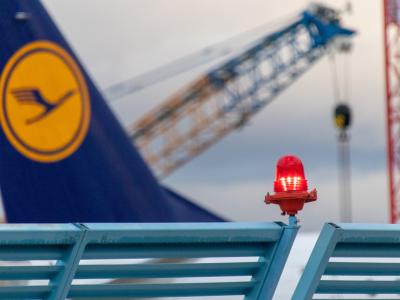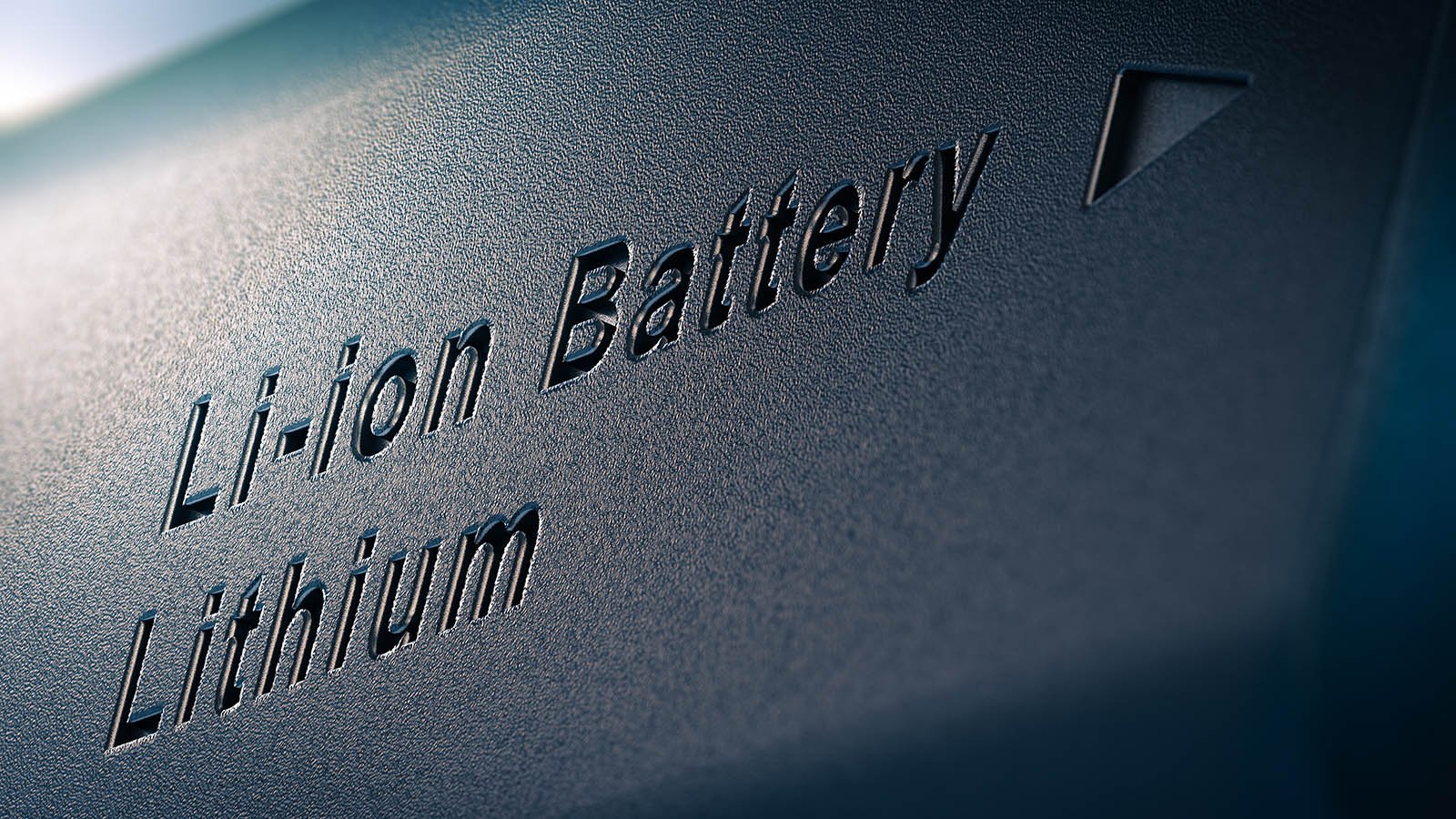With an unusual investment in narrowbody freighters, Deutsche Lufthansa AG (DXE: LHA) is boosting its cargo capacity.
The German flag carrier announced on Wednesday that its cargo division, which currently operates ten Boeing 777 widebody freighters and has access to four more through its Aerologic joint venture with DHL, will buy two Airbus A321 passenger planes and convert them to freighters for use on intra-European routes to support growing e-commerce demand. A new 777 will be delivered to Lufthansa Cargo later this year.
The two tiny freighters will be operated for Lufthansa Cargo by Lufthansa CityLine, a regional passenger carrier that flies A319s and smaller Embraer and Bombardier jets. CityLine’s hub at Frankfurt Airport will serve the A321 freighters.
Lufthansa didn’t say where it would get the jets or who will conduct the modification work, but it did say the planes would be in service in early 2022.
The entry of CityLine into the freighter market follows a trend among several passenger carriers. SmartLynx in Latvia, Air Canada (TSX: AC), WestJet, Sun Country, and Mesa Airlines in Canada have all recently opened freighter divisions, or announced plans to do so, in an effort to diversify revenue and ride the e-commerce-driven air cargo wave.
According to study, cross-border e-commerce volumes in Europe are expected to expand at a rate of roughly 20% per year for the next five years.
Lufthansa was one among the first airlines to fly the Airbus A321 freighter, which debuted late last year as a competitor to the refurbished Boeing 737-800. Because of their enhanced fuel efficiency compared to earlier aircraft and appropriate size for regular shuttle flights, both aircraft are in high demand by express delivery operators and others who offer short- and medium-distance service. Demand for expanded airfreight links in Europe and around the world is growing in response to rising consumer expectations for quick delivery.
In addition to huge containers on the main deck, the A321 has the advantage of being able to carry a few thousand pounds additional cargo and tiny containers in its belly hold. Experts believe the A321 is a viable contender to replace Boeing 757 freighters, which are nearing the end of their service lives.
In a statement, Lufthansa Cargo CEO Dorothea von Boxberg said, “With the converted A321s, we are satisfying our clients’ growing need for same-day solutions and further enhancing our dense network of global connections as well as our product offering.” “The chosen aircraft type can carry 28 metric tons of cargo per flight, which is much more than can be carried in the short-haul belly of passenger planes. eCommerce companies will be customers for this offering, in addition to forwarders, integrators, and postal operators.”
So far, SmartLynx, Titan Airways, and Qantas Airways of Australia each have one A321.
Elbe Flugzeugwerke GmbH, a joint venture between Airbus and Singapore’s ST Engineering, and 321 Precision Conversions in the United States, manufacture the conversion kits and oversee the aircraft reconstruction. Sine Draco Aviation, based in China, also aims to begin conversion work next year, pending approval of its design by aviation regulators.
Installing wider doors, removing seats and other interior features, reinforcing floor supports, adding a rigid barrier in front of the cockpit, and installing a mechanical cargo handling system for moving large containers are all required when overhauling passenger aircraft to carry heavy cargo on the main deck.
Eric Kulisch’s FreightWaves/American Shipper stories can be found here.
OTHER RELATED NEWS:
ATSG is preparing to lease A321 freighters that have been converted.
A trans-Atlantic battle has erupted over the Airbus A321 freighter. WestJet, a Canadian passenger airline, is launching a cargo business.
Why the A321 freighter conversion appears to be a hot ticket
ASL, an Amazon and FedEx aviation partner, has placed an order for 737-800 freighters.
Pixabay image by Bernd Rehbein
One of our external writers wrote the previous article.
It has not been modified and does not represent Benzinga’s perspective./n





